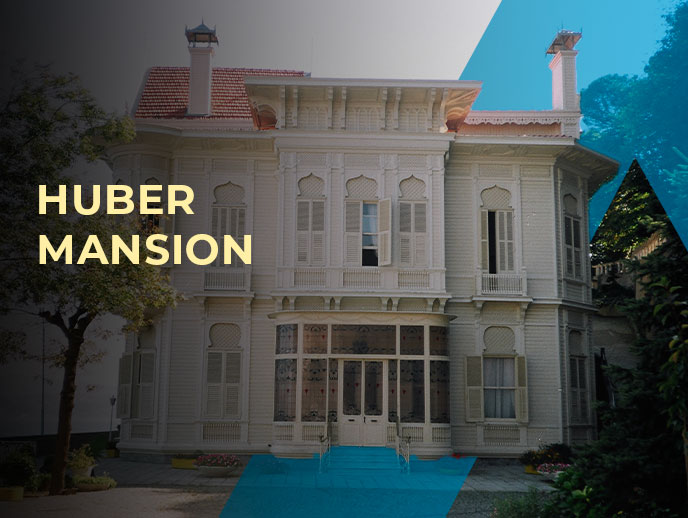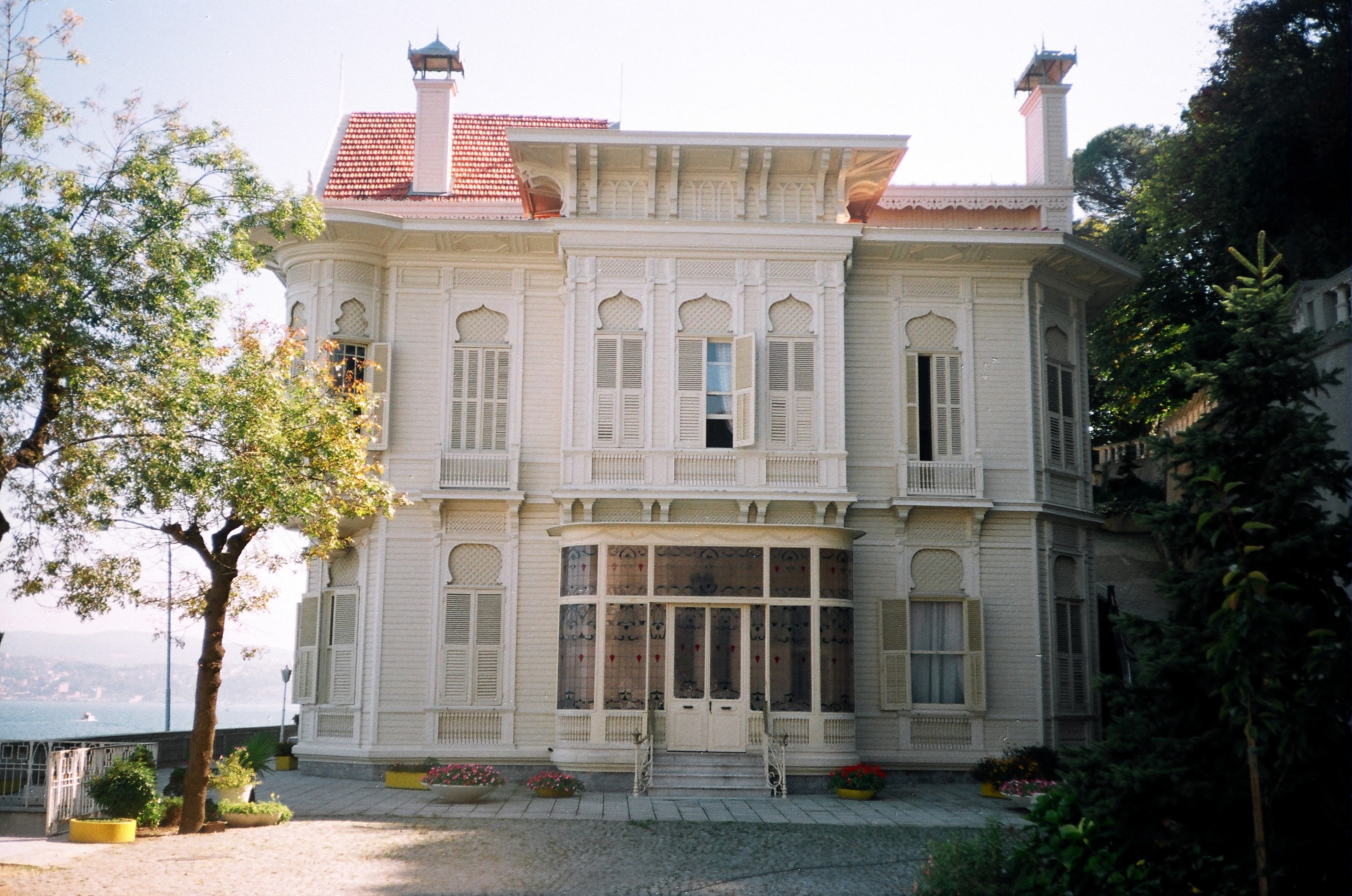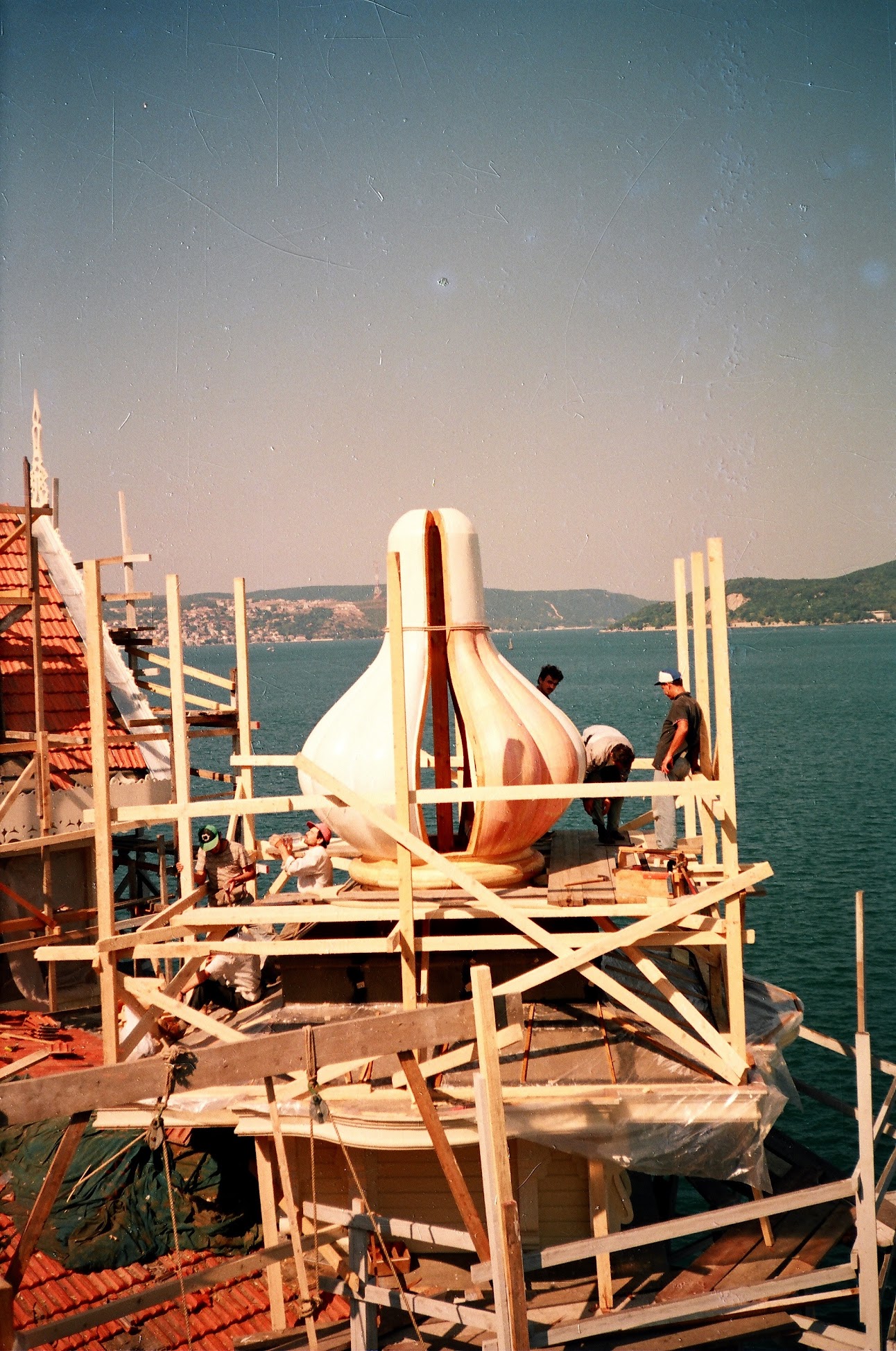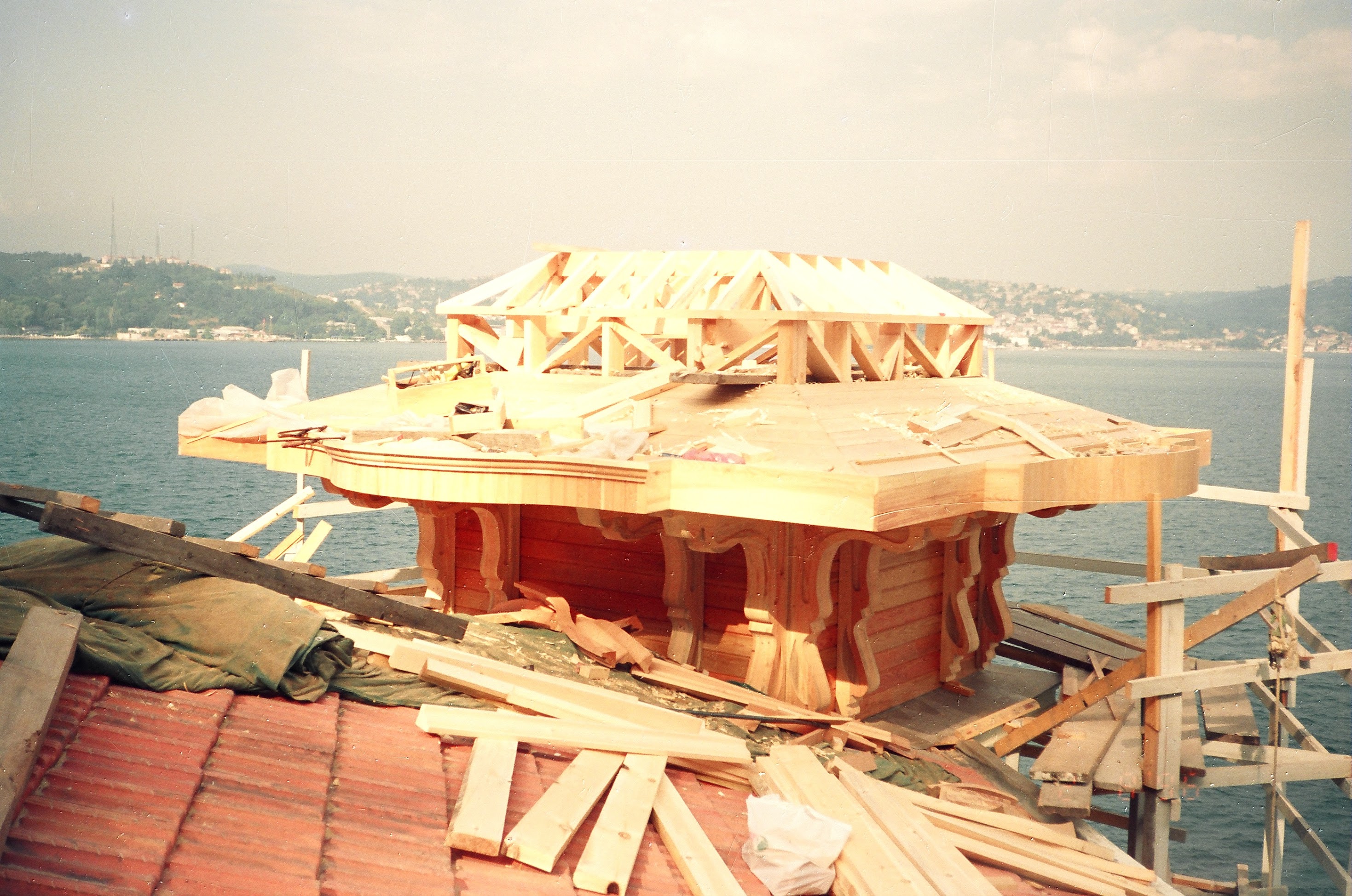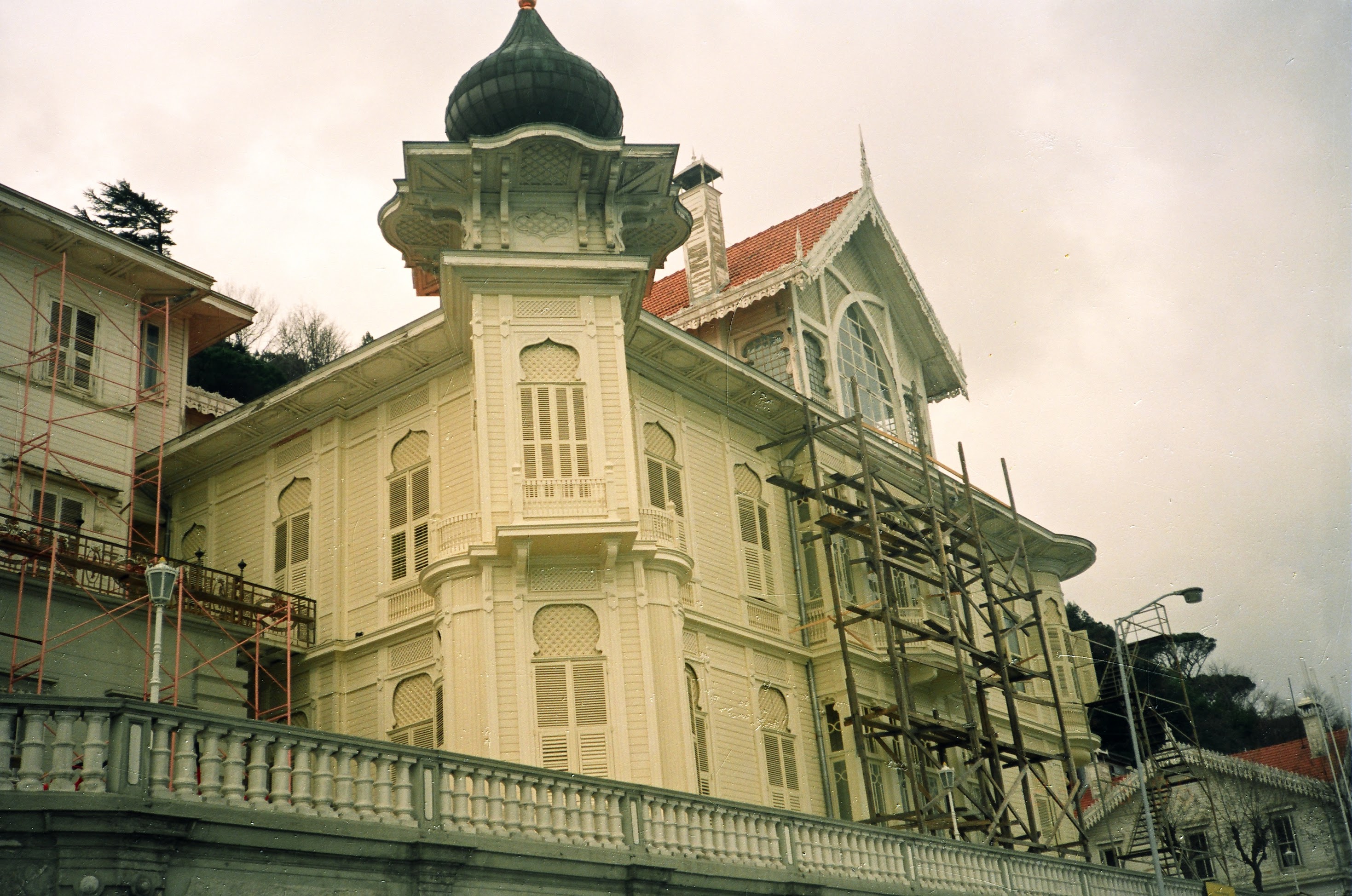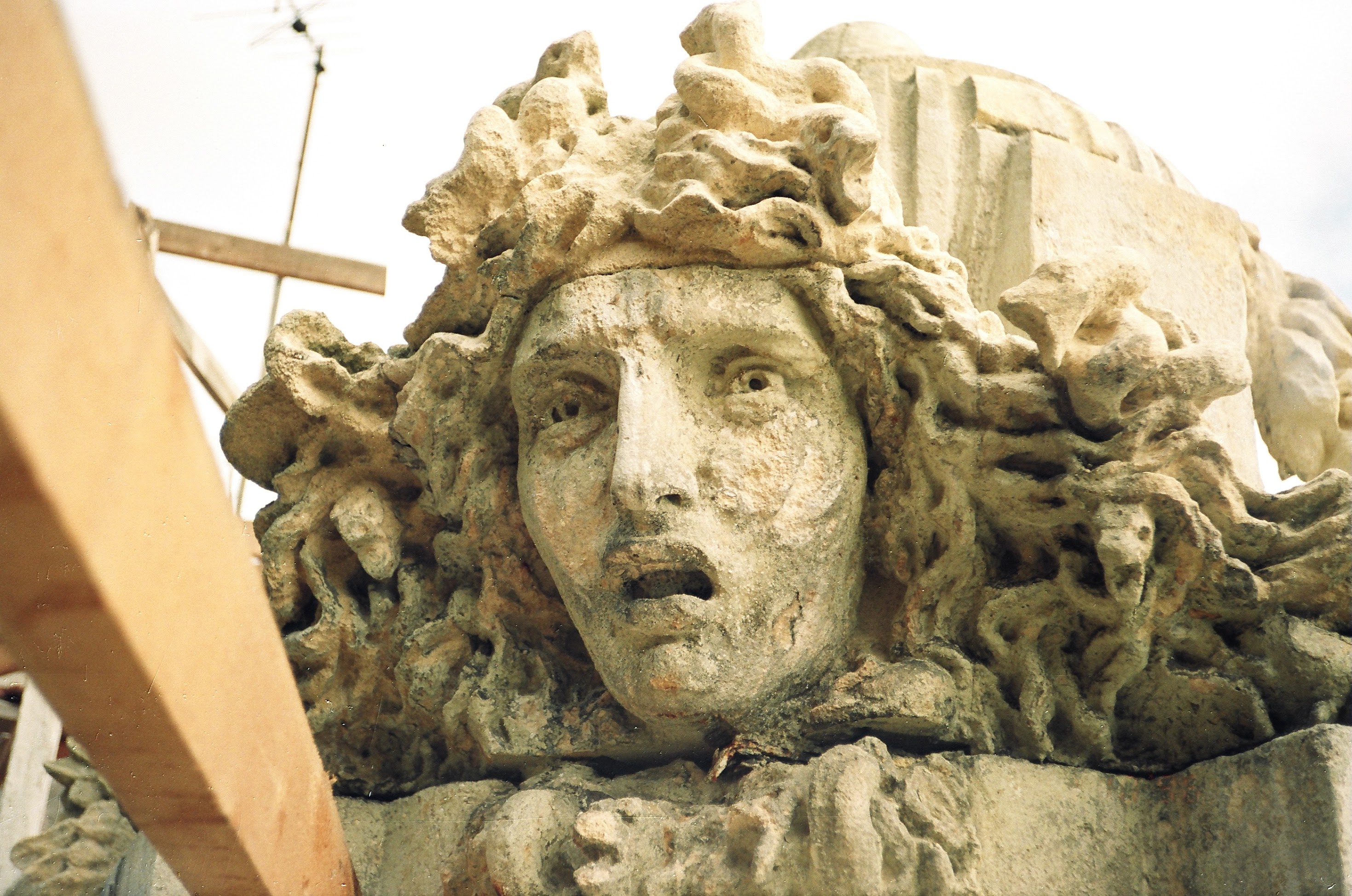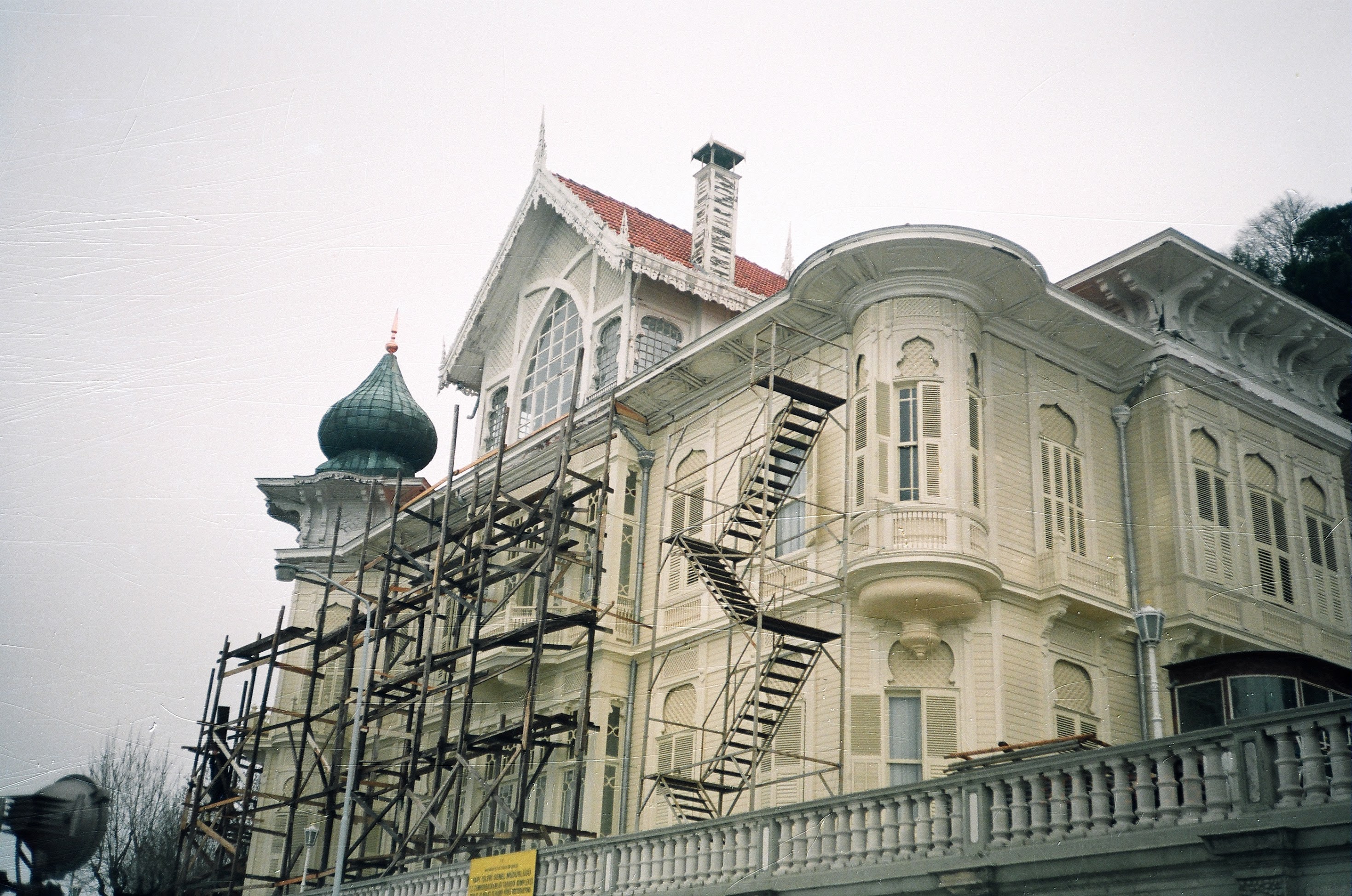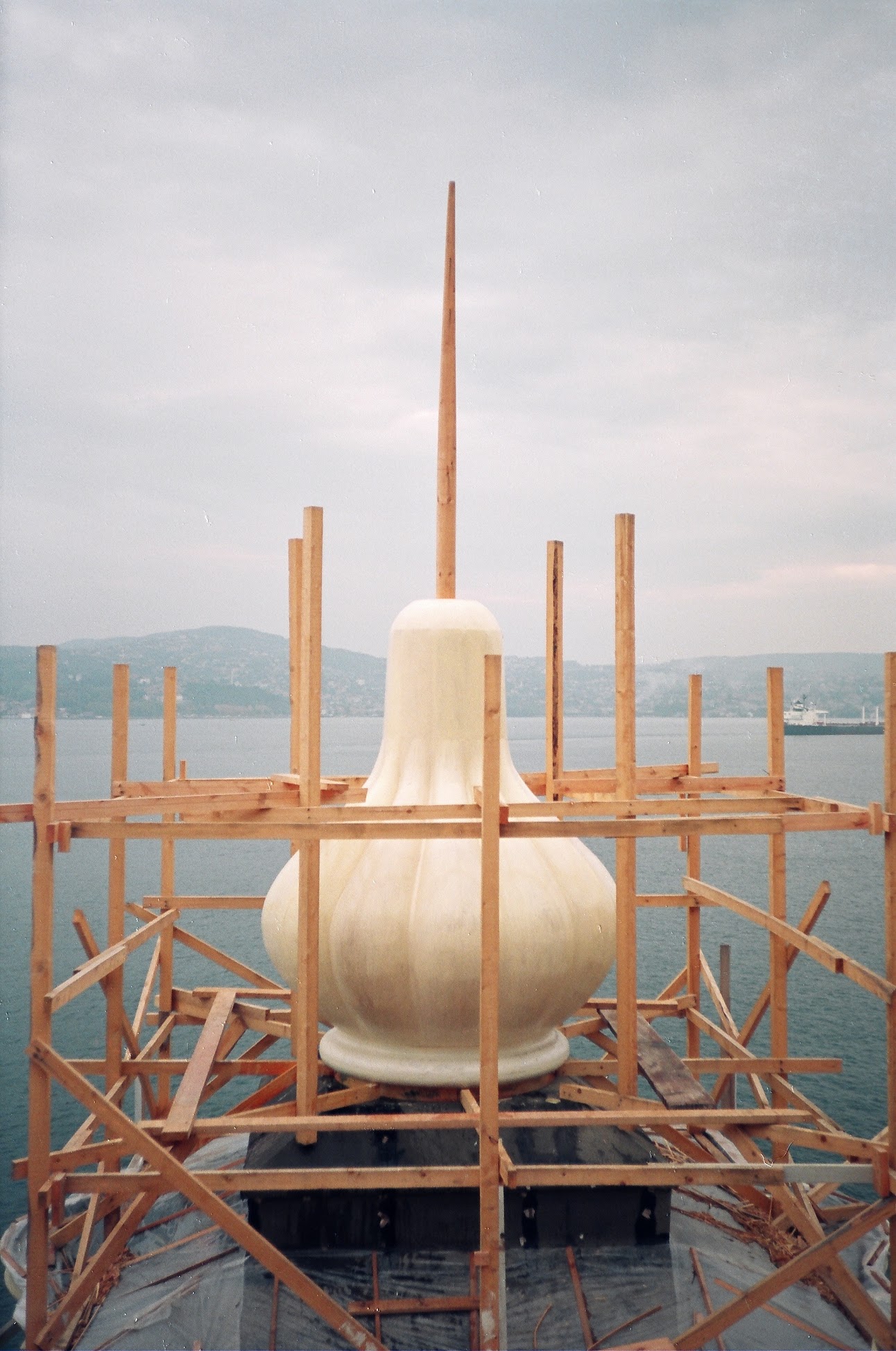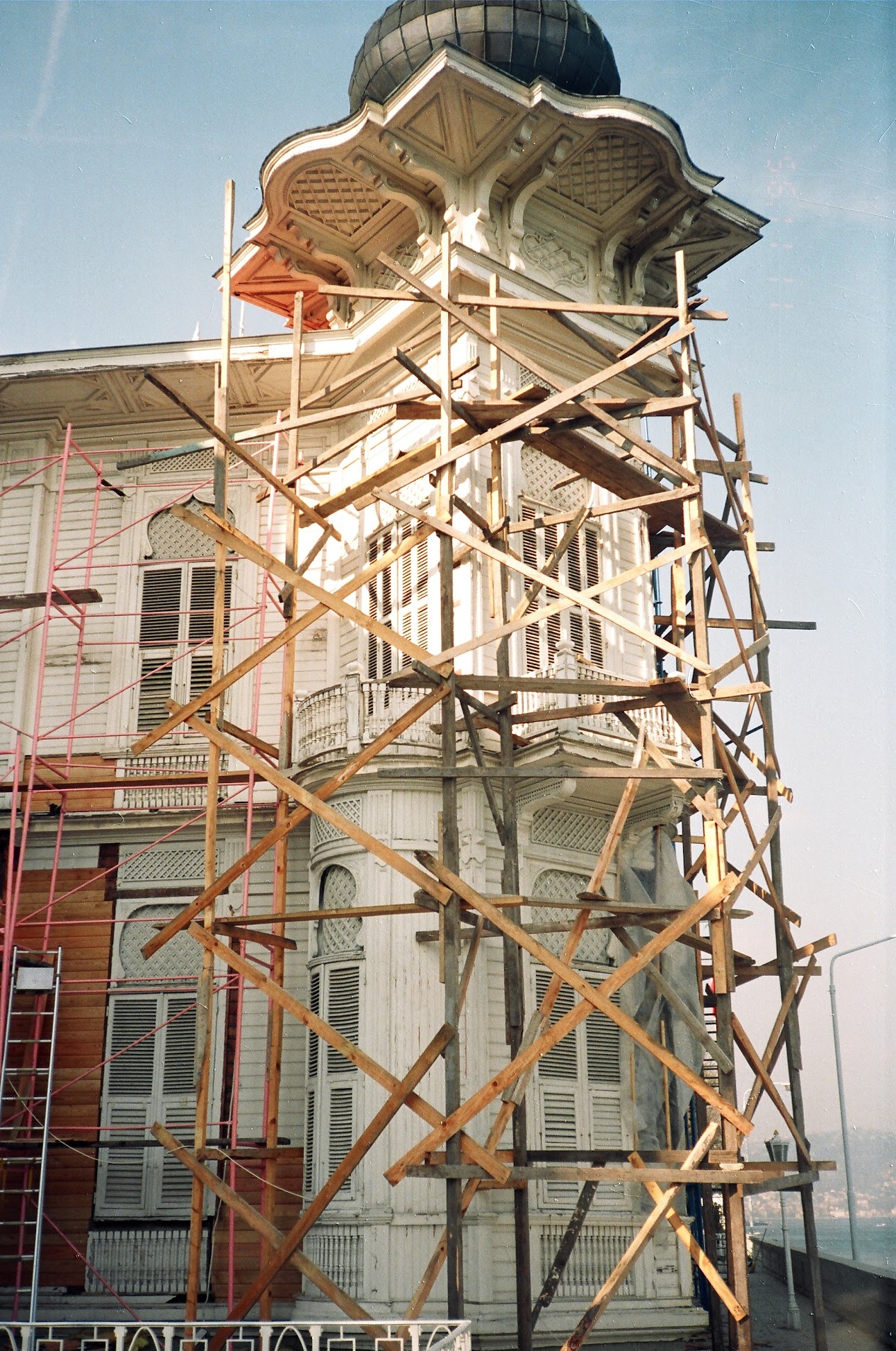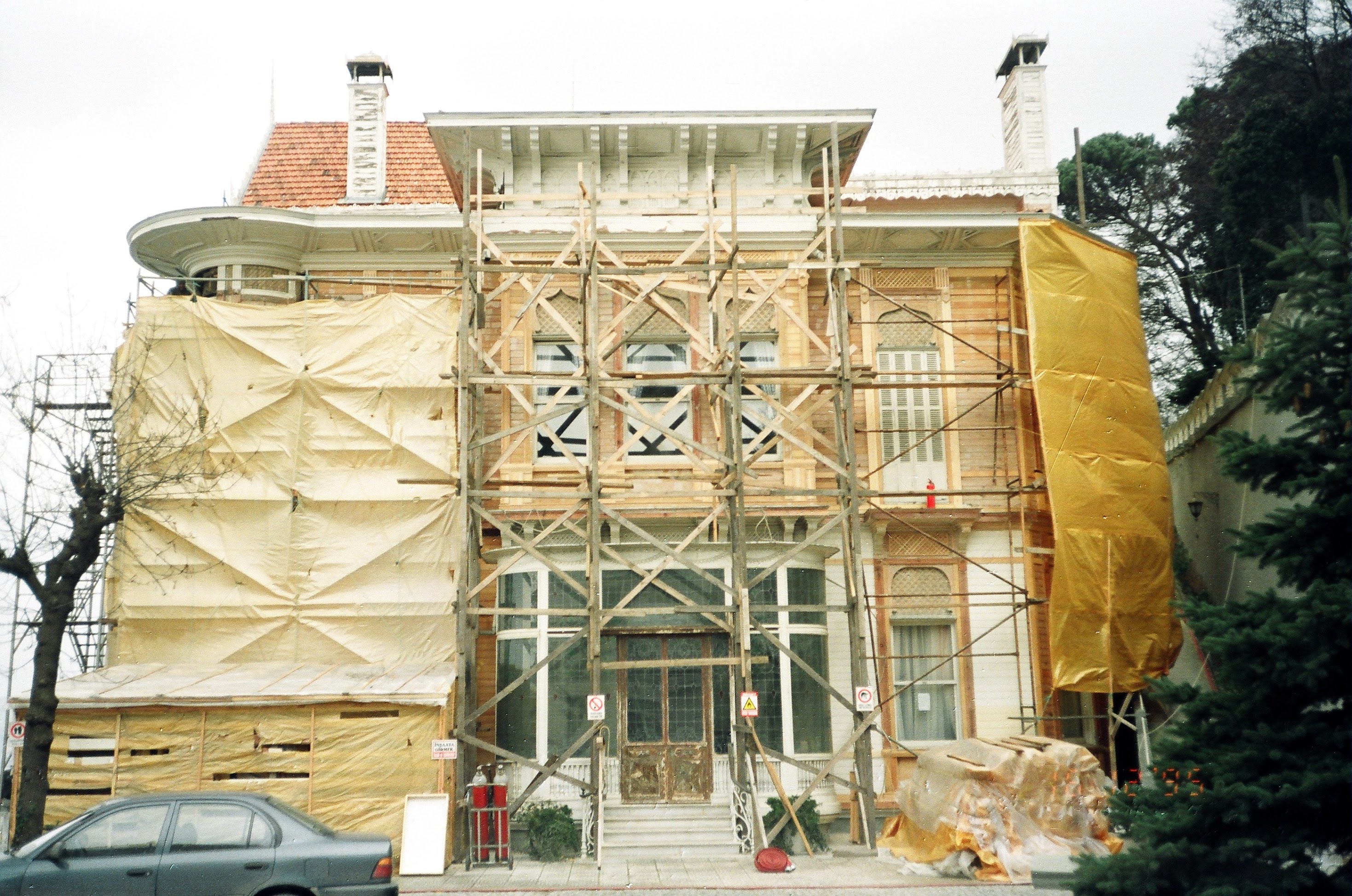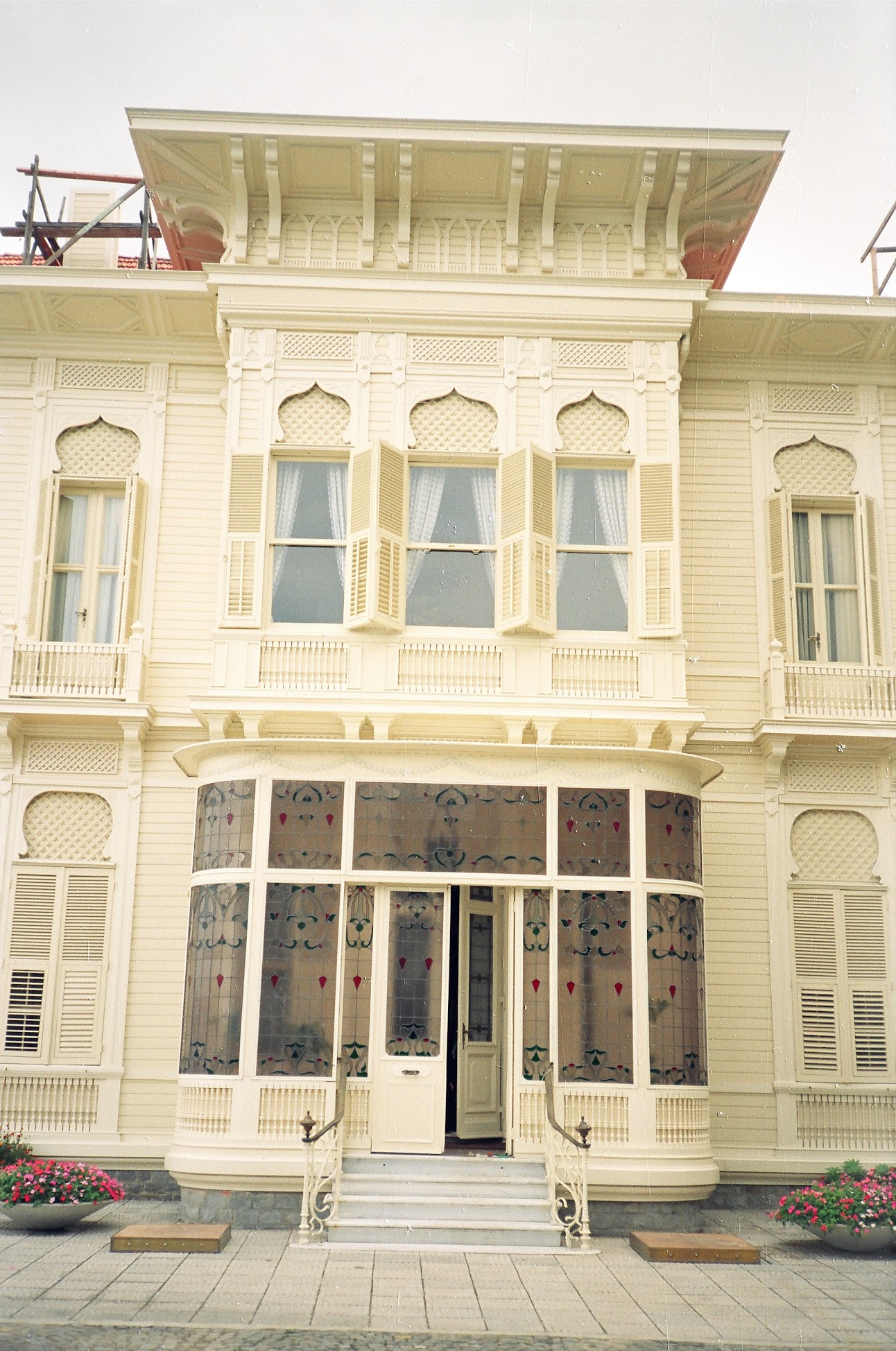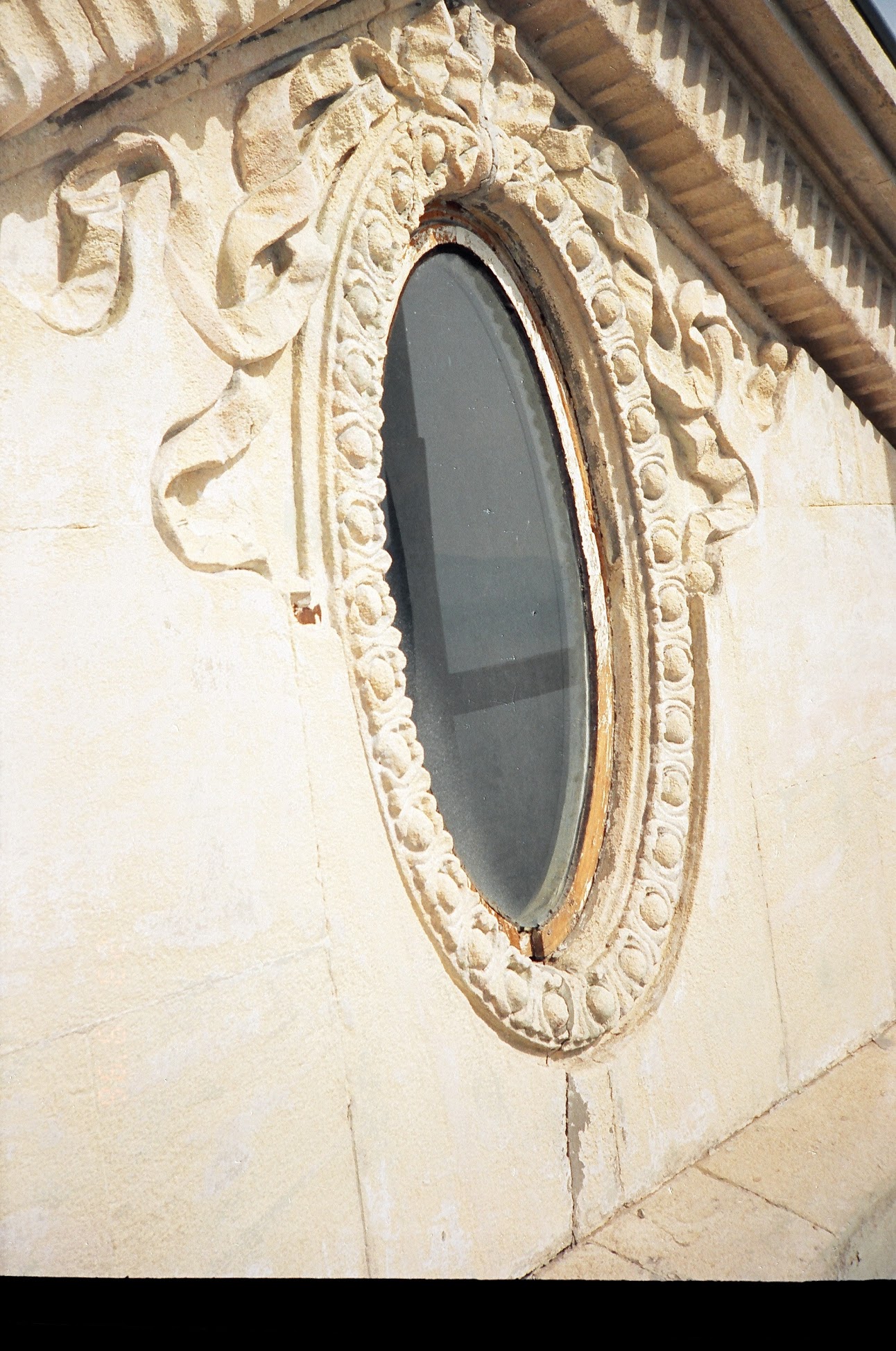HUBER MANSION
Huber Mansion is located on the European shore of the Bosphorus, south of the Tarabya Bay, along the Yeniköy–Tarabya road. Commissioned by the Huber Brothers arms dealers representing German firms Mauser and Krupp in the late 19th and early 20th centuries the mansion still bears their name today.
The earliest known record of the mansion is from a 1918 map of the Bosphorus issued by the Şehremaneti (Municipality), where it is referred to as Monsieur Hofre’s waterside residence. Ownership records show that the land was originally transferred from the treasury to Kirkor Bey and Ashabet Hanım. In 1900 (Hijri 1317), the property officially passed into the hands of Auguste Huber.
While the Huber Mansion exhibits characteristics of the Art Nouveau style, its architecture also reflects influences from Chinese, Indian, Persian, Islamic, Ottoman, and European traditions. The estate consists of a mansion composed of two interlinked buildings, a coach house to the north that includes elaborately designed stables and carriage rooms, the Setüstü Pavilion, the Hunting Pavilion, a greenhouse, rare trees, groups of sculptures, walls, and ornamental niches.
The mansion underwent a three-phase construction process:
The first phase, carried out between 1901 and 1903, was designed by architect Antoine Perpignani. This initial structure is a two-story timber-framed house built over a masonry basement, aligned north-south parallel to the shoreline.
In the second phase, between 1905 and 1906, architect Raimondo D’Aronco added a three-story rectangular annex with a masonry basement. He also enclosed balconies and open areas along the eastern and northern façades. These additions by D’Aronco gave the mansion its current monumental appearance and distinctive spatial perspective.
The third phase includes additions and landscaping features visible today, such as a new southern wing, garden arrangements, staircases, railings, and decorative details.
In addition to its architectural significance, Huber Mansion is notable for its 34-hectare grove, making it one of the largest green areas along the Bosphorus.
After the Huber Brothers returned to their home country following the Second Constitutional Era, ownership of the mansion passed to Egyptian Princess Kadriye and her husband Mahmud Hayri Pasha, lasting until 1932. It was then donated to the Notre Dame de Sion School and registered under the names of Therese Clement and Marie Aimee Odent. In 1973, the estate was sold to Boğaziçi İnşaat Turizm A.Ş. (Bosphorus Construction & Tourism Inc.), and in 1985, it was expropriated and allocated to the Presidency of the Republic of Turkey.
The Huber Mansion was officially registered as a historical monument by the Real Estate Antiquities and Monuments Board in 1971. It underwent partial repairs in 1985. During the presidency of Süleyman Demirel (1993–2000), its interior furnishings were renewed, and between 1997 and 2000, its façades, roof, and surrounding grounds were restored.
As ALBA İnşaat, we completed the restoration of the mansion between 1996 and 1997.

